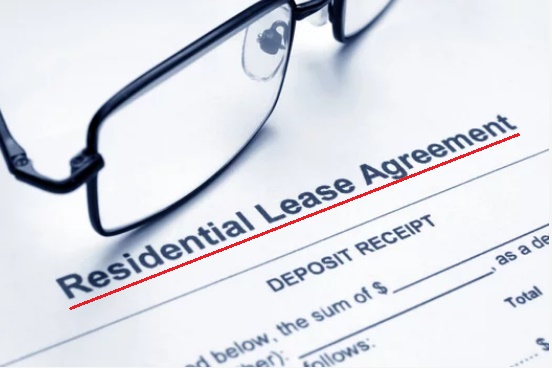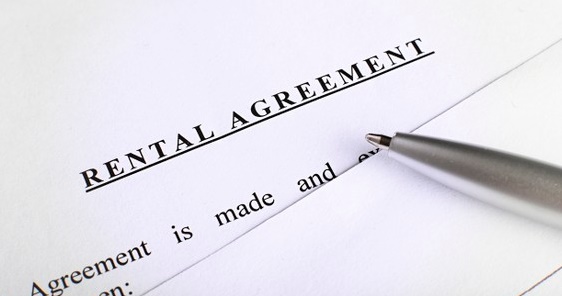Landlords are expected to have a know-how of everything; whether it is renting out a single property space as an additional means of income or managing rentals and properties full-time. Whatever the case is, there is often one significant point of confusion. How can a lease agreement be distinguished from a rental agreement?
Usually, both terms are interchangeably used to signify the same concept. However, in reality, both terms refer to different types of agreements. Though rental agreements and residential leases are both legally binding contracts, each of them serves an entirely distinctive purpose.
In this guide, we do extensive analysis, identify the key differences, and provide the pros and cons to help you decide which of the two, i.e., a residential lease or month-to-month rental agreement, is best suited for you.
Contents
What is a Residential Lease Agreement?
Most landlords make their prospective tenants sign a lease agreement before they move into a rental property. A residential lease is an agreement between a landlord and a tenant that grants tenants a right to live in a rental property for a fixed period, usually 6 or 12 months. It typically binds the landlord and tenant together to the lease.

Residential leases clearly and thoroughly define a set of expectations, terms, and conditions that have been mutually agreed upon between both parties. This includes the duration of the lease agreement, rent expenses, rules regarding keeping pets, etc.
A well-versed, well-planned, and powerful lease agreement ensures that both the landlord and tenant are well-protected. Neither party can make any alterations to the contract without written consent from the opposing party.
Pros of a Lease
If your utmost priority is stability, a residential lease is the best option to go with. Most landlords prefer lease agreements over rental agreements as their structure provides stability and long-duration tenancy. Providing a tenant a rental property for at least 12 months might give landlords a more predictable and absolute income stream and mitigate high turnover costs.
Cons of a Lease
The downside of a lease agreement is that once both parties sign the contract, the rental cost becomes fixed till the end of the contract. Property values are growing consistently; hence, a year of fixed rental income can make landlords miss out on potentially increasing income due to fluctuations in the market.
What is a Rental Agreement?
A rental agreement is quite like a lease agreement, except that there is a significant difference in the contract’s length. Unlike long-term leases, rental agreements usually offer tenancy for a much shorter period, e.g., for 30 days.

Mostly, rental agreements are expected to be month-to-month. This means they will automatically be renewed once the term period (30 days) ends, unless either give proper notice to the other.
Some tenants might be in the vicinity to complete a 6-month internship or a 9-month certification. In the meantime, they might be waiting to move to another city but are uncertain of when exactly they can move. Other individuals might be searching for a house and need a temporary space to dwell. These are few examples where individuals can benefit from month-to-month rental agreements.
A month-to-month rental agreement indicates that both the tenant and landlord are free to alter the agreement’s terms at the end of every month; provided all the notice procedures are appropriately followed.
Landlords can increase the rent amount, include a no-pet policy, or choose to offer the living space to another tenant at the end of the month-to-month period as they like. Conversely, tenants who rent a unit to complete an internship can move out once they finish.
Pros of a Rental Agreement
Rental agreements give both the tenant and landlord freedom to enjoy a comfortable and convenient dwelling arrangement and can be altered month-to-month. For instance, a landlord might only require tenancy for a few months before renovating the unit in the spring season.
Conversely, a month-to-month rental agreement is a perfect way for a tenant to enjoy the liberty of living in a specific place for just a month or two, at most, before moving elsewhere.
Since rental agreements are so short-term, it gives the landlord more flexibility in terms of rent increases. For instance, landlords can revise the rent after every 30 days to stay in line with the market rate. Month-to-month rental agreements are perfect for tenants who cannot commit to yearly leases.
Cons of a Rental Agreement
A tenant who requires a long-term lease can easily be overwhelmed by a rental agreement’s flexibility; which might leave them open to unspecified rental periods or frequently increasing rents. Landlords should also keep in mind the costs associated with frequent tenant turnover, including cleaning, screening, and advertising costs.
The Bottom Line
A rental agreement is an excellent option for landlords who require flexibility; especially in areas that observe speedy tenant turnover, like college towns. They are also perfect for individuals who need a temporary living space during a transitioning period.
A lease provides long-term stability and security for both parties. It is an excellent option for landlords who want to maintain income stability; but it might negatively affect profitability if the property value escalates within those 12 months. It is also ideal for tenants for want to establish a dwelling.
Writer and content creator interested in Entrepreneurship, Marketing, Jobs and landlord issues. I have a bachelor’s degree in Communication from the Andrés Bello Catholic University, VE, and I also studied at Chatham University, USA. In this blog I write and collect information of interest around agreements, property and mortgage.